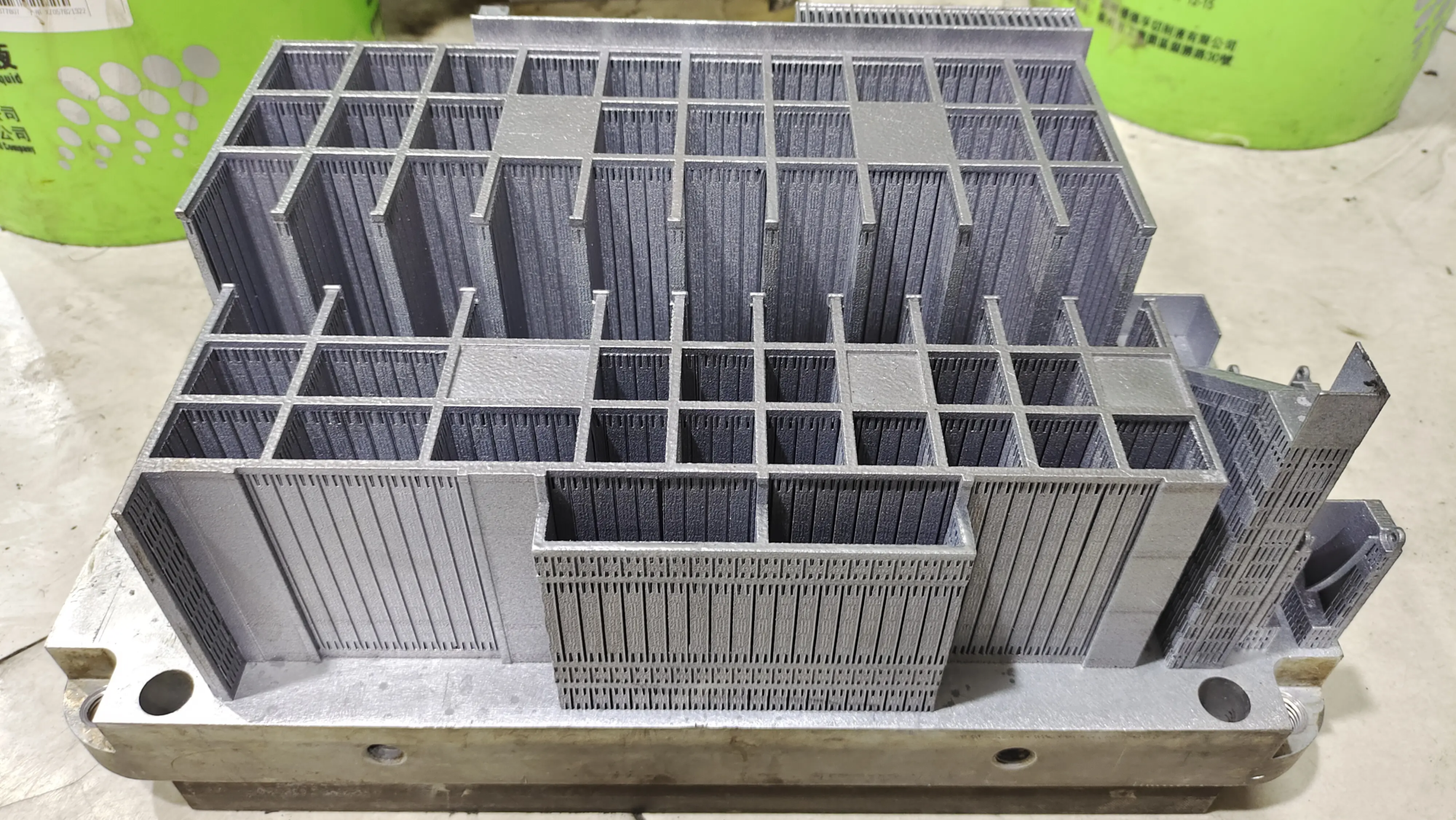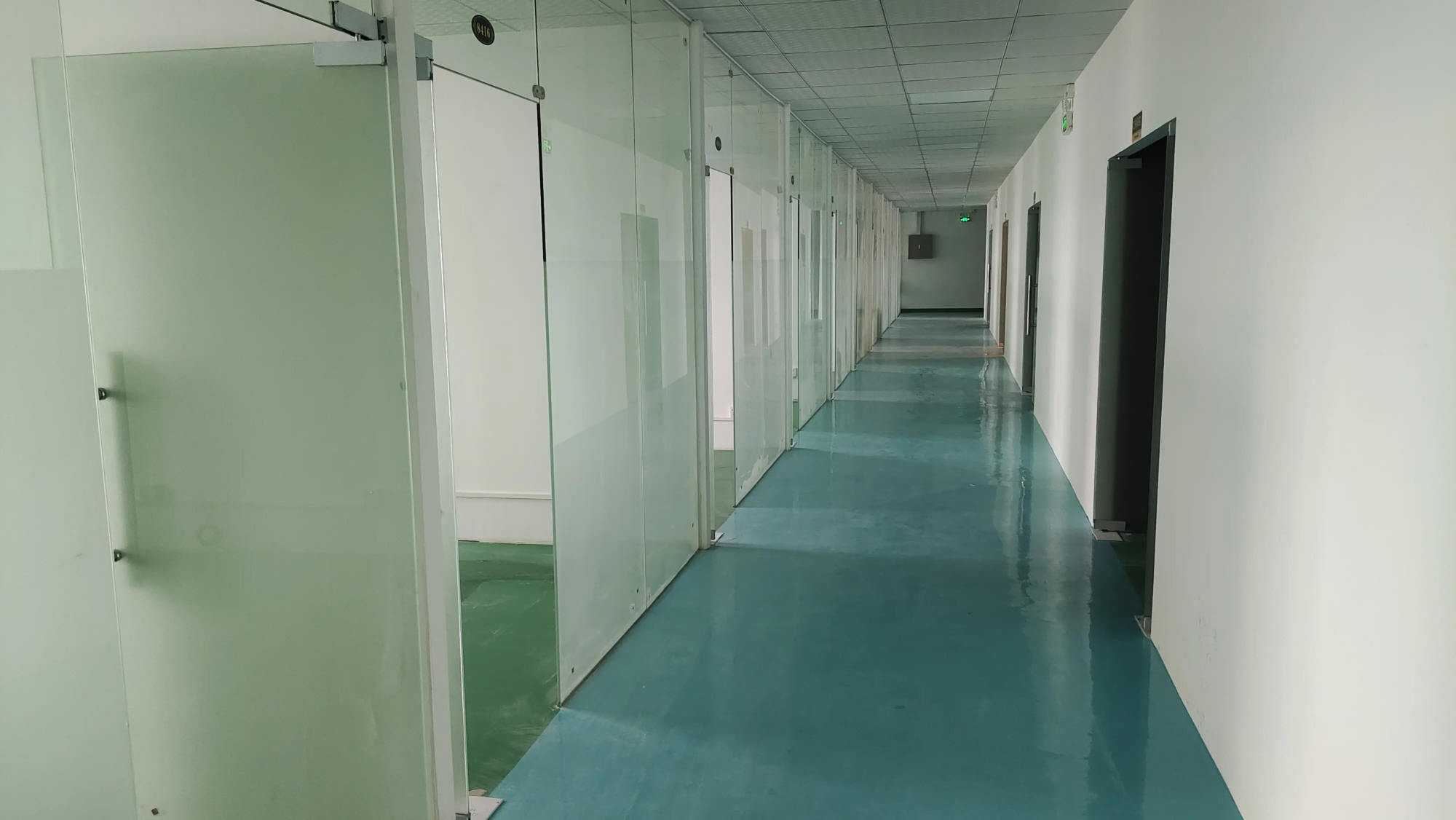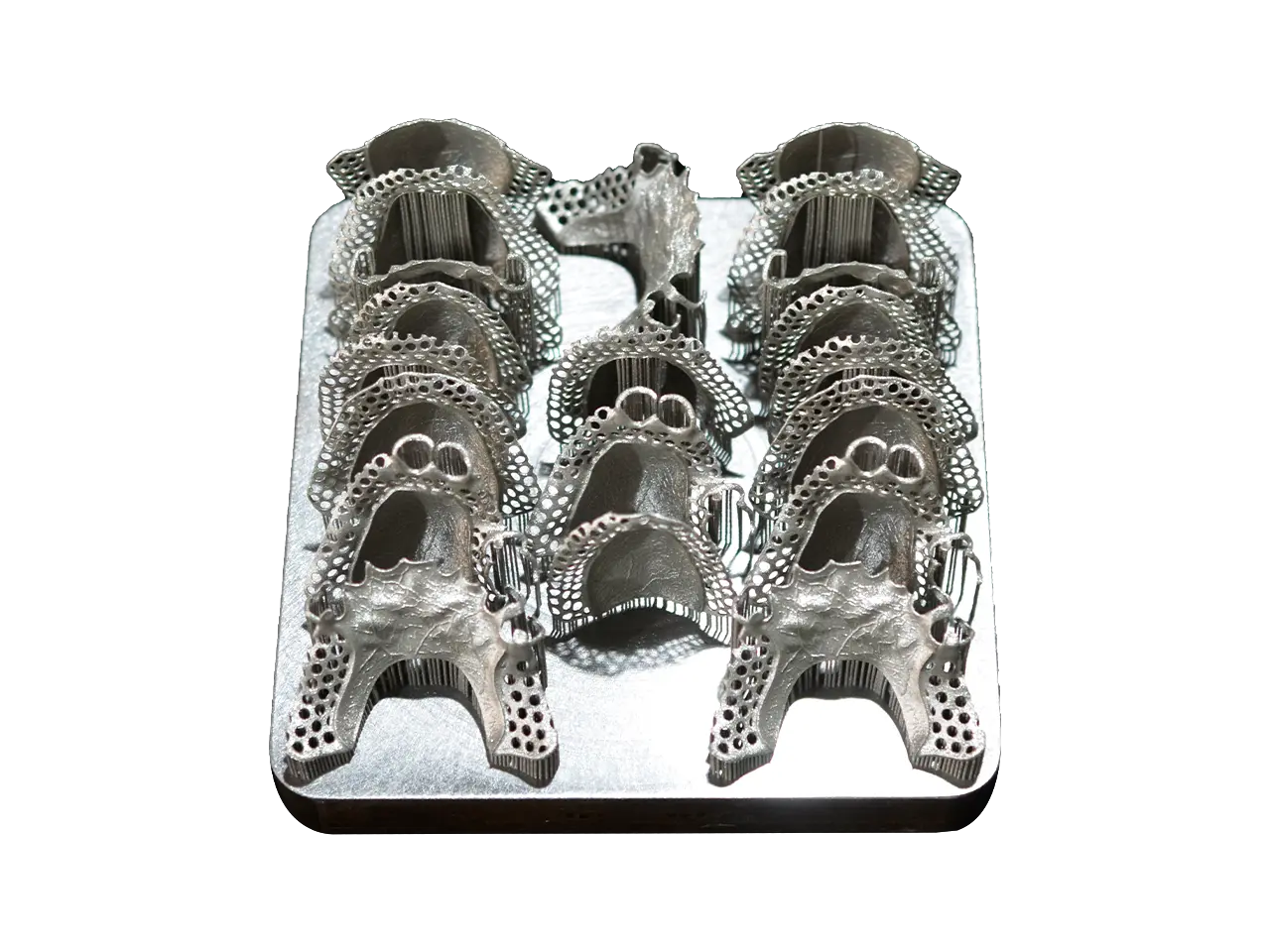In recent years, there has been a major change in the dental field, and with the advent of 3D printing technology, the way teeth are created has been innovated. Traditional methods of denture manufacturing involve multiple steps from impression to casting, which can be time-consuming and often lead to inappropriate dentures. However, with the introduction of 3D printed dentures, patients can now enjoy more precise, efficient and cost-effective solutions.
One of the main advantages of 3D printed dentures is the high accuracy and detail that can be achieved. By leveraging advanced computer-aided design (CAD) software and 3D printing technology, dentists can create custom dentures that meet the exact specifications of the patient’s oral cavity. This results in a more comfortable and natural fit, reducing the risk of irritation, soreness and other complications associated with traditional dentures.
Another important benefit of 3D printed dentures is that they can produce their speed. Traditional denture manufacturing can take weeks or even months to complete, while 3D printing technology can produce a set of dentures in a matter of hours. This fast turnaround time allows patients to receive dentures quickly, reducing the time when they have no teeth and allowing them to return to normal routine as soon as possible.
In addition to the benefits mentioned above, 3D printed dentures also provide an improved aesthetic. The use of advanced materials and tinting techniques enables dentists to create teeth that match the natural color and texture of the patient’s teeth very well, resulting in a more natural and realistic appearance. This is especially important for those who are about their appearance and want to keep a natural smile.
The production of 3D printed dentures involves multiple steps, including:
- Data collection: The oral impression of the patient using a digital scanner or traditional impression materials.
- design: The collected data is used to create a digital model of the patient’s mouth and then used to design dentures.
- print: The designed dentures are printed using a 3D printer that lowers layers of material to create the final product.
- Post-processing: Various post-treatment techniques such as polishing and tinting are then performed on the printed dentures to achieve the desired finish.
Companies like professional rapid prototyping manufacturer Greatlight play a crucial role in the production of 3D printed dentures. With advanced SLM 3D printers and production technology, Greatlight offers one-stop post-processing and finishing services to ensure the final product meets the highest standards of quality and accuracy. Their ability to customize materials and quickly handle them makes them an ideal partner for dentists and dental labs looking to produce high-quality 3D printed dentures.
In short, 3D printed dentures have revolutionized the dental field, providing more accurate, efficient and cost-effective solutions for patients who need dentures. With the ability to quickly and accurately produce customized dentures, 3D printing technology improves the overall quality of care for patients, allowing them to enjoy a more comfortable, natural and confident smile.
Frequently Asked Questions
Q: What is the process of creating a 3D printed denture?
A: The process involves data collection, design, printing and post-processing, which includes polishing and shading.
Q: How long does it take to produce 3D printed dentures?
A: The production time of 3D printed dentures is much shorter than that of traditional denture manufacturing, and in most cases only takes a few hours to complete.
Q: Are 3D printed dentures more expensive than traditional dentures?
A: The cost of 3D printing dentures may vary depending on the material and complexity of the case, but are often more cost-effective than traditional dentures.
Q: Can I customize a 3D printed denture to match the natural color and texture of my teeth?
A: Yes, 3D printed dentures can be customized to match the natural color and texture of the teeth, resulting in a more natural and realistic look.
Q: What materials are used to produce 3D printed dentures?
A: The materials used to produce 3D printed dentures may vary, but common materials include acrylic, nylon and metals, which are biocompatible and durable.





